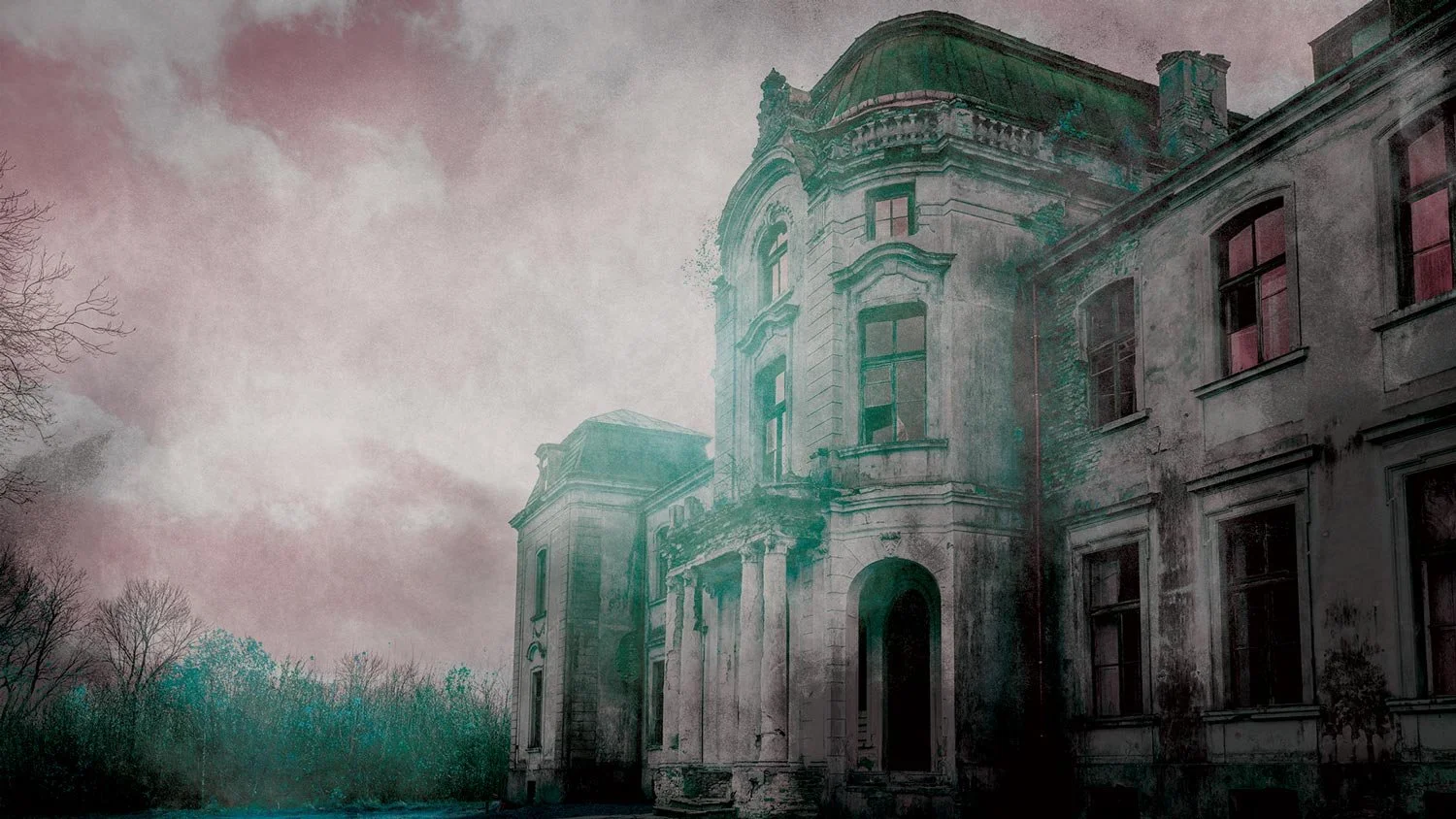How to Write Vivid Story Settings That Bring Scenes to Life
If you want to write vivid story settings that truly captivate readers, you’ve come to the right place. Great scene descriptions do more than paint a picture—they immerse readers in the moment using sensory details, atmosphere, and subtle storytelling techniques. Whether your setting needs to feel eerie, nostalgic, or hopeful, mastering immersive setting descriptions can transform your writing and keep your audience hooked.
Why Boring Settings Lose Your Readers
Have you ever written a setting description and then noticed readers skim right past it? That’s because flat, generic descriptions often fail to engage. Saying something like “The house looked scary and dangerous” tells readers what to think, but it doesn’t pull them into the scene. To make your story settings memorable, you need to show, not tell—bringing the environment to life with rich details and mood.
Show, Don’t Tell: Crafting Immersive Story Scenes
Let’s take that same scary house and breathe life into it:
The house loomed in the thick fog, its tall, shattered windows veiling ghostly shapes within. The air stank of mold, drifting out through the gaping doors like a slow, dying breath.
Here, you’re using sensory details—visual, olfactory, and tactile—to create atmosphere. The house feels almost alive through personification, and the metaphor of decay sets a foreboding mood. This kind of immersive setting description invites readers to experience the scene alongside your characters.
Setting the Mood: From Scary to Sad to Peaceful
The same house can convey very different feelings depending on your word choices and details.
Sad and Forgotten
Instead of “The house looks sad and forgotten,” try this:
The paint peeled from the broken, welcoming door. A child's rusted tricycle lay tipped over in the yard, half buried by weeds. The silence inside hung heavy—a pleasant memory that refused to fade, no matter how many years had passed since it was once filled with laughter.
.This description uses concrete imagery and contrast to evoke nostalgia and loss, adding depth and emotional weight to your setting
Peaceful and Welcoming
Or for a hopeful tone:
Sunlight spilled through the cracked roof, turning dust into a golden mist. Wildflowers poked through the floorboards, and birds sang from the empty window frames.
Here, you blend decay with new life, symbolizing renewal and transformation—a perfect way to foreshadow your character’s emotional journey.
Using Sensory Details to Enhance Atmosphere
To create immersive settings, appeal to all the senses: sight, sound, smell, touch, and even taste when appropriate. Sensory details pull readers into the scene and make it feel real.
Building Backstory Through Setting Description
Settings can hint at a story’s history without lengthy exposition. Use details like a broken tricycle or peeling paint to suggest past events and deepen the world-building naturally.
Tips for Writing Atmospheric and Memorable Settings
Use personification and metaphors to make settings feel alive.
Employ contrast to highlight themes or character emotions.
Vary your sentence length and pacing to control mood.
Tie settings to your story’s themes and character arcs.
How to Connect Setting to Theme and Character Journey
Settings aren’t just background—they reflect your characters’ emotional states and the story’s themes. For example, a crumbling house can symbolize decay or loss, while sunlight filtering through broken windows can represent hope or rebirth.
Final Thoughts: Making Your Story Settings Shine
Writing vivid story settings takes practice, but with these techniques, you’ll create immersive worlds that captivate readers and enhance your storytelling. Remember, your setting is a powerful tool—a silent narrator that enriches mood, theme, and character without overt explanation.



